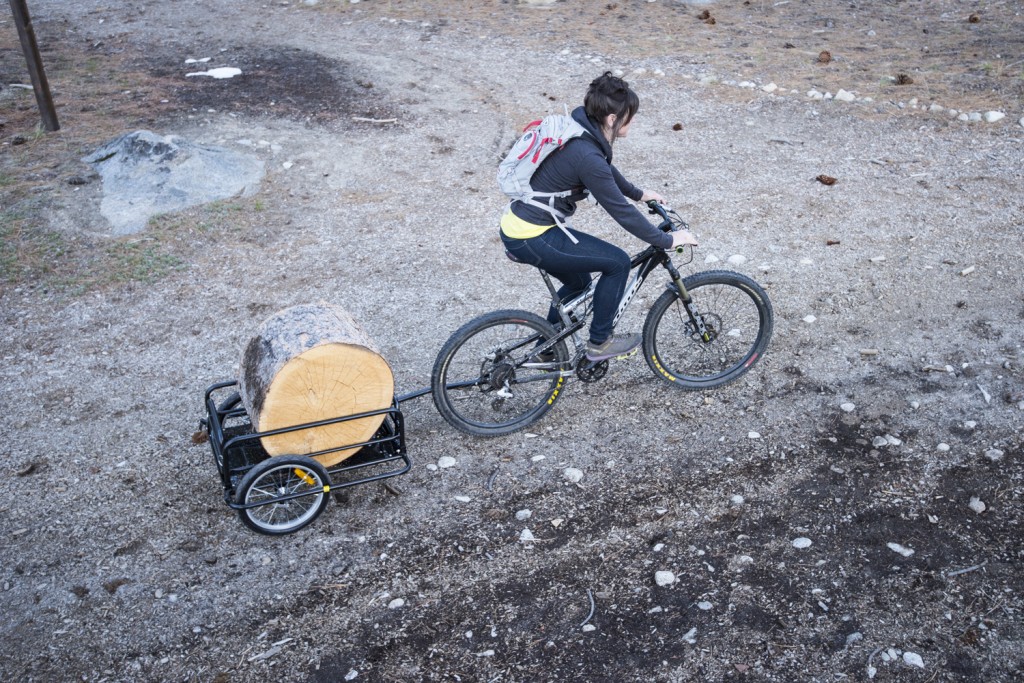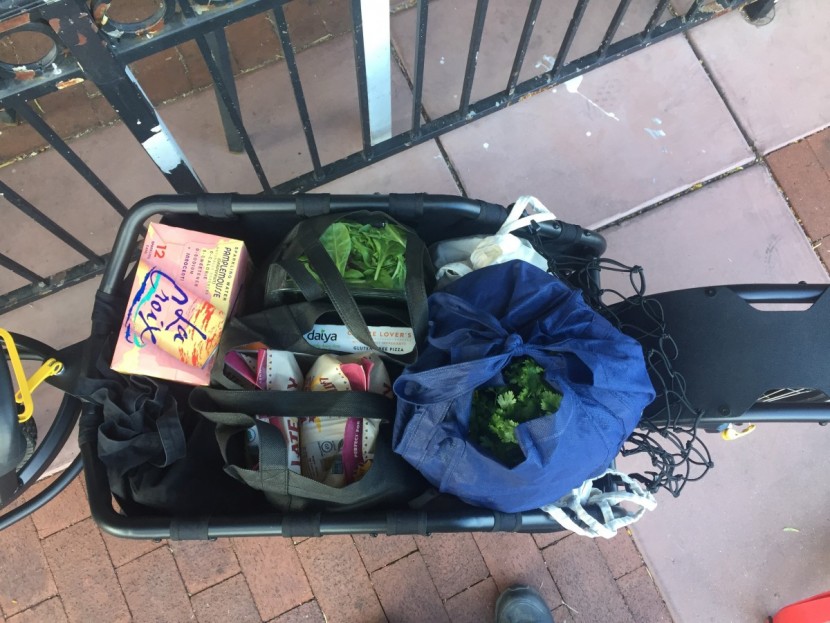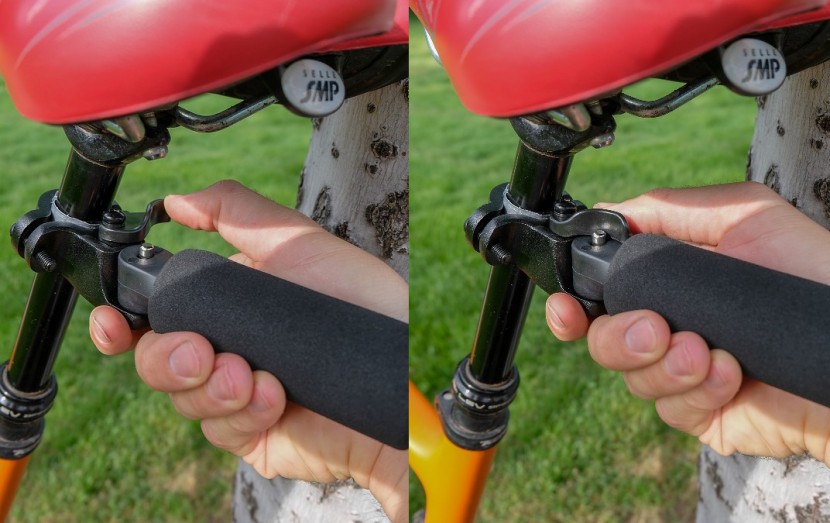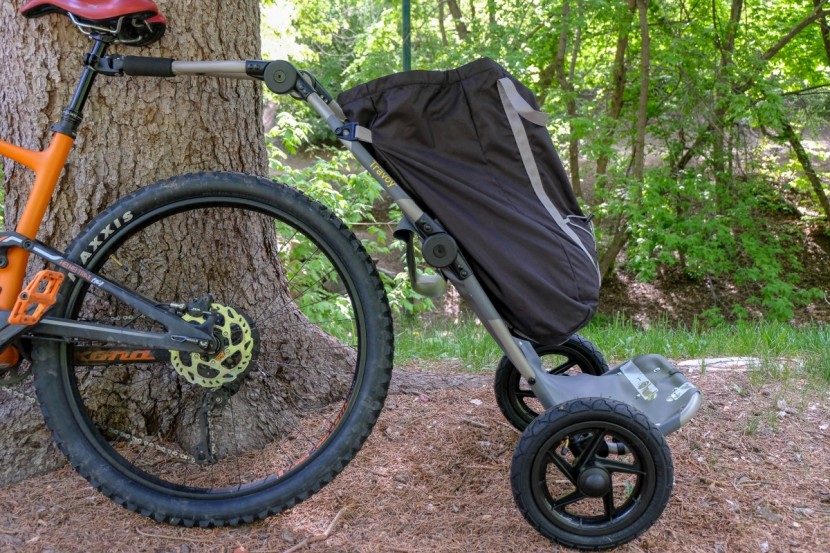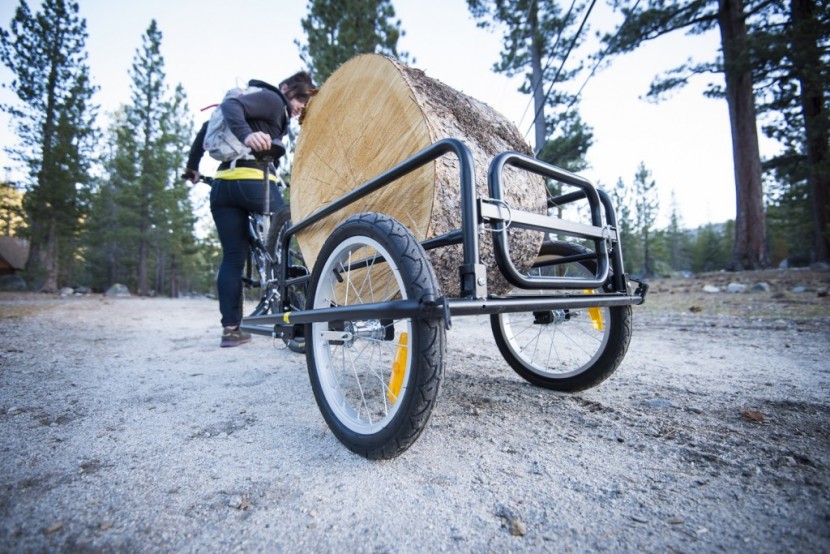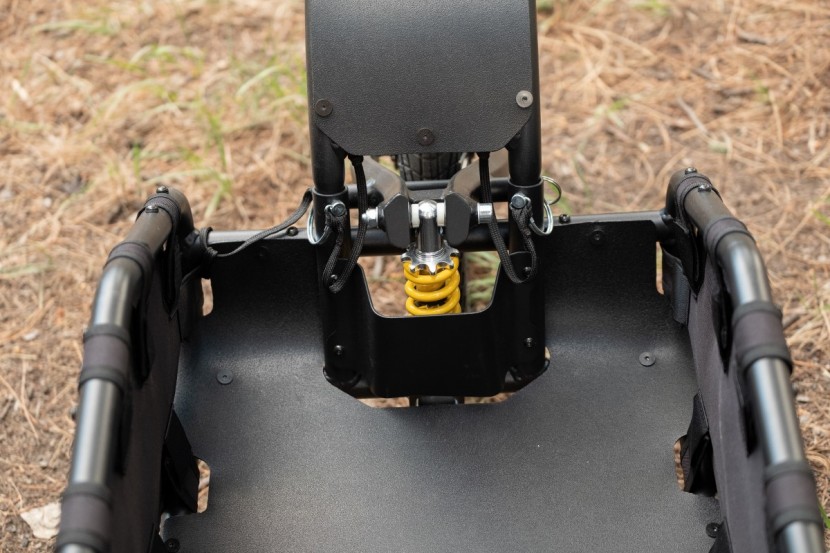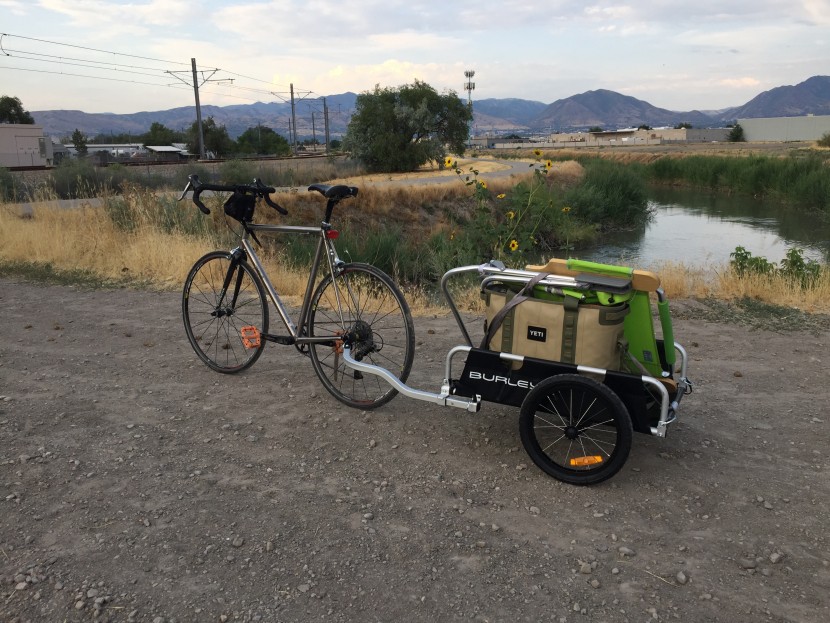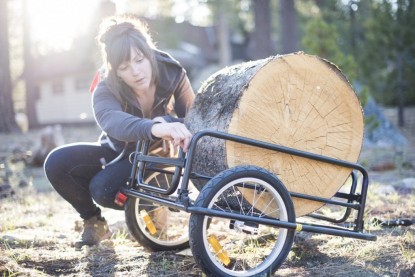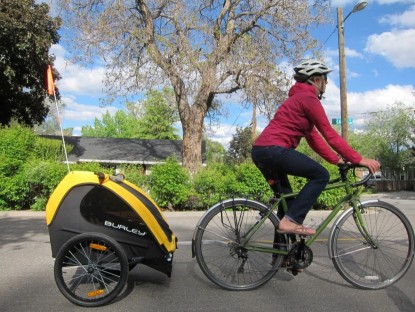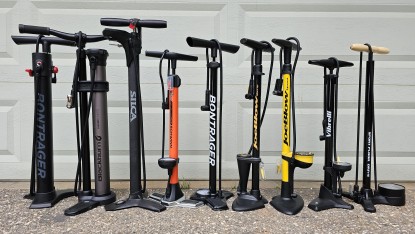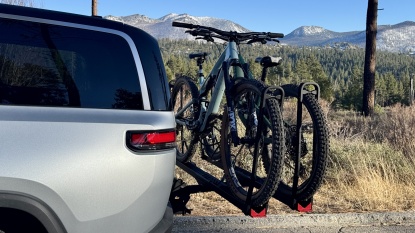Over a decade, we have churned through an array of bike cargo trailers to determine which ones are worth their metal and which should get a one-way ticket to the scrap yard. Our expertise and experience in bike touring, commuting, and living off a bike have given us the insights to examine each trailer's abilities accurately. Read on for tips on how to hone in on the perfect trailer for you.
Types of Cargo Bike Trailers
Two main bike cargo trailers are available on the market: one-wheel and two-wheel. Two-wheel trailers can generally handle more sheer weight, while single-wheel designs are more efficient but can't handle extreme loads.
Single Wheel Trailers
If maneuverability and efficiency are high on your list of necessities when considering a cargo trailer, a single-wheel model is where you want to start. The single-wheel cuts down on drag, tracks directly behind your bike, and offers better handling than two-wheel models.
Consider this: cyclists drafting other cyclists save about 27 percent of the energy they would have used pushing through the wind resistance. When using a single-wheel trailer, the trailer sits in your slipstream instead of creating an extra surface for you to pull through the air. While this might not be an issue around town, the resistance increases quickly if you plan a several hundred-mile bike tour.
There are a few drawbacks to a single-wheel trailer. First, as the rider, you must balance the weight of your bike and trailer when stopped. With a fully loaded trailer, this can be very trying. Also, attaching the trailer to your bike usually takes two people (or leaning the trailer and the bike against something) to get it properly attached. Single-wheel trailers are better suited for long stints in the saddle with few stops. Two-wheel trailers offer better usability for stop-and-go when riding around town.
Two Wheel Trailers
Two wheels significantly boost stability, durability, and overall hauling capacity. Generally, single-wheel trailers top out at about 70 pounds, whereas some two-wheel models can handle more than 100 pounds.
Typically, hitching and unhitching two-wheel trailers is much easier than single-wheeling as it only requires you to lift the tong up and down with the trailer upright.
While most two-wheeled trailers are horizontal, there is also an upright “golf bag” variation. This design keeps groceries and fragile items from getting jumbled up during your commute. The Burley Travoy was the only trailer of this variety we tested. It allowed for hauling unique items from fragile to bulky.
On the downside, the width of a two-wheeled option also creates more drag on both you and the trailer. They also take up more space on and off the trails and are less stable when making sharp turns and going on and off the pavement. Overall, the two-wheeled trailers we tested tended to be better for around-town commuting and hauling larger loads than their single-wheeled counterparts.
Ready to Buy?
If you're ready to take the plunge, here's a step-by-step breakdown of the decision-making process. Think about how you will use the trailer, whether you'll need suspension, and how much you're willing to spend. Also consider your bike. If you have an electric bike you are more likely to use the trailer and more likely to haul heavier loads. If you combine your trailer with an electric bike, you might be able to eliminate most of your car trips. Not only is it more fun to bike than drive places, but your gas an maintenance mike it nearly a free electric bike.
First: What Will Be Your Primary Use?
Think about your primary purpose for getting a bike trailer. Will you be doing longer overnight bike touring, or are you simply looking for a way to transport items around town? Do you want a trailer specifically for shopping? Does having the option to go off-road matter, or will you stay on paved streets? Remember that some people will be best served by a regular bike trailer that can accommodate kids and often fits pets and several other items like groceries. Alternatively, a cargo bikemay be] is the best option if you don't have the limitations of having to trail and store a detachable trailer.
If you are looking for a trailer to haul heavy and uneven cargo, then the wagon-like Burley Flatbed may be a good fit. It can carry up to 100 pounds, and its open front and back design makes it easy to load and unload. conversely, if you are looking for a trailer to tour with, the two-wheeled Burley Nomad or Burley Coho XC are good options, depending on whether you want a single or double-wheeled touring bike trailer. If around-town grocery shopping will be a primary task, the Burley Travo is a well-adapted urban solution. Remember that electric bikes change the game on how much weight you can pull up and how steep a hill is. There are now even top folding electric bikes that can fold into the space of a cargo trailer for easy storage if you are tight on space.
Second: Suspension or No Suspension?
To suspend or not to suspend? That is the question. Our main tester was suspended a lot during high school, and we wouldn't recommend that type of suspension. For cargo trailers, suspension can go a long way to making your bike tour more pleasant and keeping your items unspoiled. Probably the biggest benefit is when traversing washboard gravel roads where suspension helps to smooth out the bumps and, in turn, tug and pull less on your bike. Much like wind resistance, this doesn't matter much over short distances, but over hundreds of miles, it can make or break your trip.
Third: Price
Most of the cargo bike trailers on the market today are well over a couple of hundred dollars. In our opinion, quality and durability are always worth the price. You also usually pay extra for certain features. For instance, the Burley Coho XC seems incredibly expensive. However, it has excellent build quality and offers everything you could want in a bike cargo trailer. It also has some options, such as a fat tire add-on and even extra panniers to expand the cargo space. So, if you're committed to really using your trailer and want to have options for various kinds of outings, the higher price is a solid investment.
On the other end of the price spectrum, you have trailers like the Retrospec Rover Hauler, Schwinn Day Tripper, Aosom Elite II, and Aosom Wanderer. These trailers are all affordable, and while they lack the refinement of the more expensive trailers, they absolutely get the job done. The Wanderer is particularly unique as it can haul an absolute ton of stuff — over 100 pounds! It all depends on what you need and how often you plan to use your trailer.
We hope this short guide helps you narrow down the choices as you decide on your new bike cargo trailer. Opening up options as to what you can carry with your bike is hugely liberating, and you're doing a wonderful thing for the environment too!

